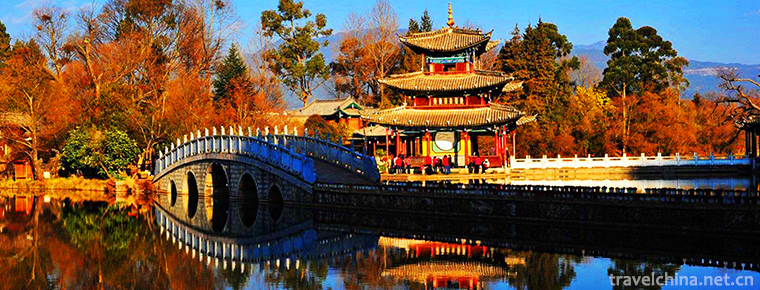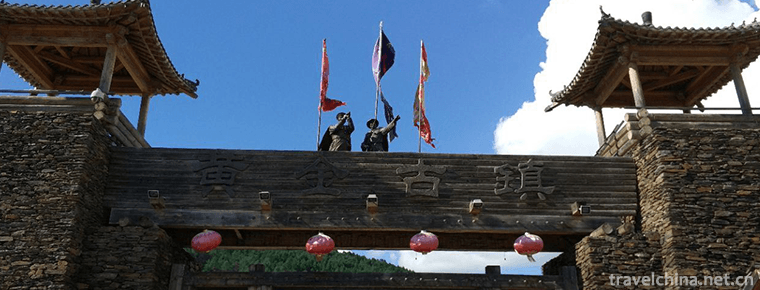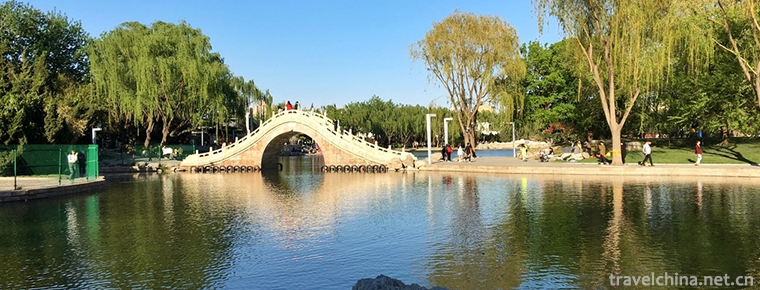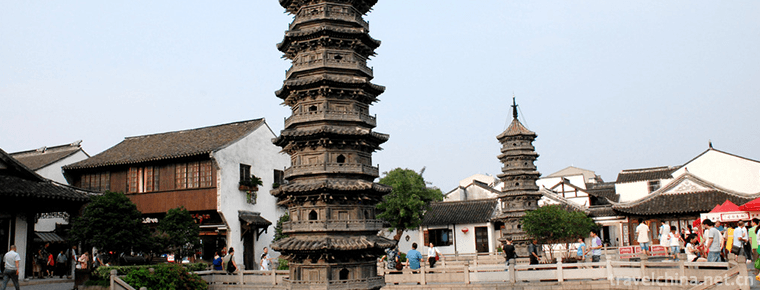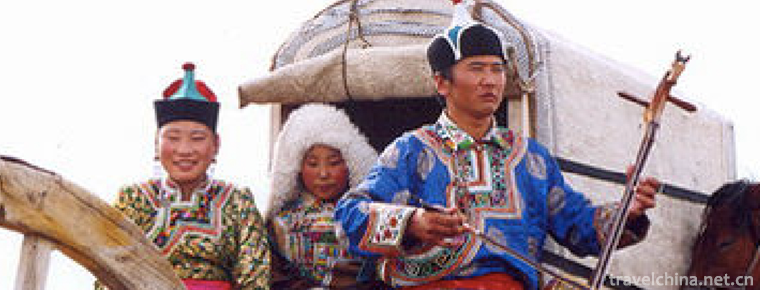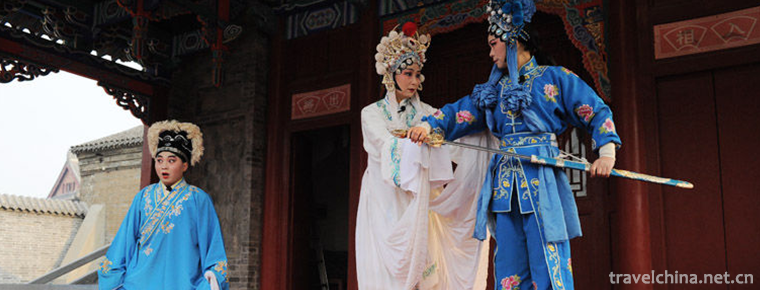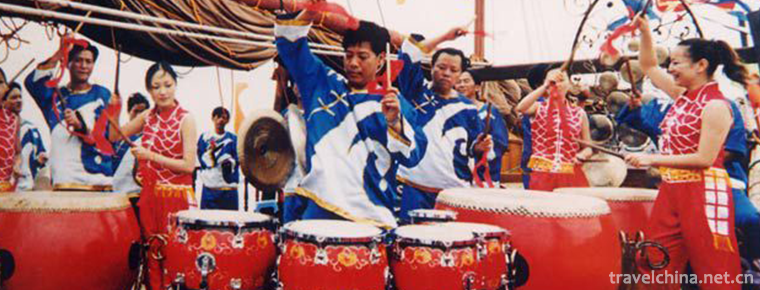Qinghai Tibetan Medicine Culture Museum
Qinghai Tibetan Medicine Culture Museum
Qinghai Tibetan Medicine and Culture Museum was built in 2006, with a total construction area of 12,000 square meters. It is the only comprehensive museum reflecting Tibetan culture in the world. It is also the best example of opening up and national unity and progress in Qinghai Province.
In the 2008 Northwest China Tourism Marketing Conference and Tourism Equipment Exhibition, it was included in the "Magic Northwest 100 Sceneries" list.
In September 2018, the Qinghai Tibetan Medicine and Culture Museum was approved as the second-class national museum by the Chinese Museum Association.
architectural composition
The whole structure of Qinghai Tibetan Medicine and Culture Museum is divided into three layers. On the first and second floors, there are six exhibition halls, including Tibetan medical history, Mantang instruments, ancient books and documents, Tibetan medicine specimens, astronomical calendar, painted grand view, etc. On the second floor, there are Banzhida Tibetan Art Exhibition and Sales City. According to different exhibition contents, the exhibition halls have highlighted their characteristics and styles by means of environmental reproduction, Thangka sculpture, cultural relics display, high-tech simulation and other ways and means, which have demonstrated the profound and profound connotation of Chinese Tibetan medicine culture.
Significance
At present, there is no museum specializing in Tibetan medicine culture in the world. The Chinese Museum of Tibetan Medicine and Culture, which was completed in 2006 and opened on September 9 of that year, is the only comprehensive museum in the world to display Tibetan medicine and culture. Tibetan medicine culture has thousands of years of historical inheritance, rich literature, extensive content, unique in the field of world medicine culture. Due to the special geographical environment and human factors, some of its unique drug processing methods and experience, some precious cultural books, painting techniques are on the verge of extinction and loss. Tibetan Medicine Culture Museum has many functions, such as excavation, collection, protection, exhibition, research, teaching and popularization. Its establishment will play an immeasurable role in saving and protecting Tibetan Medicine Culture. It is really a great achievement in the present age and benefits for thousands of years.
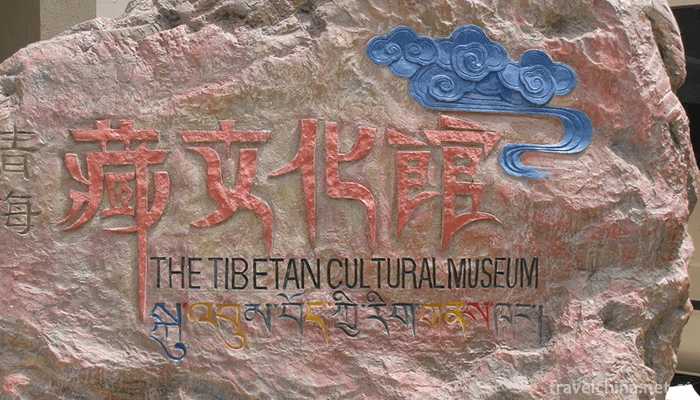
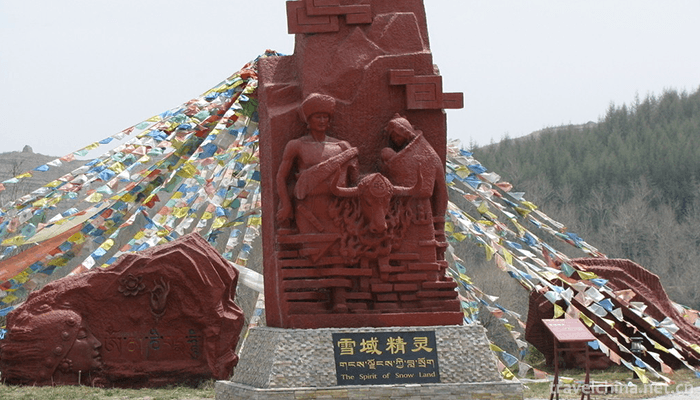
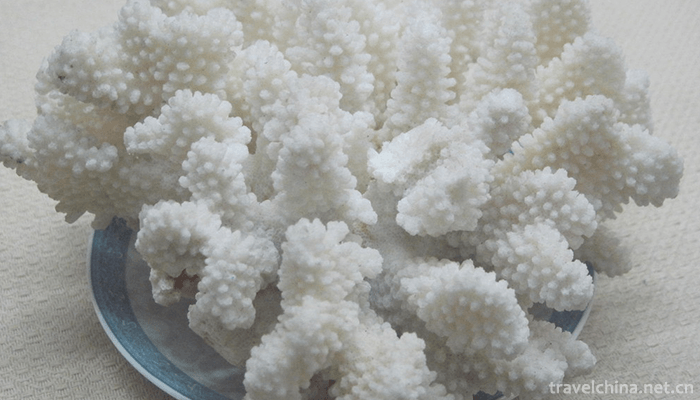
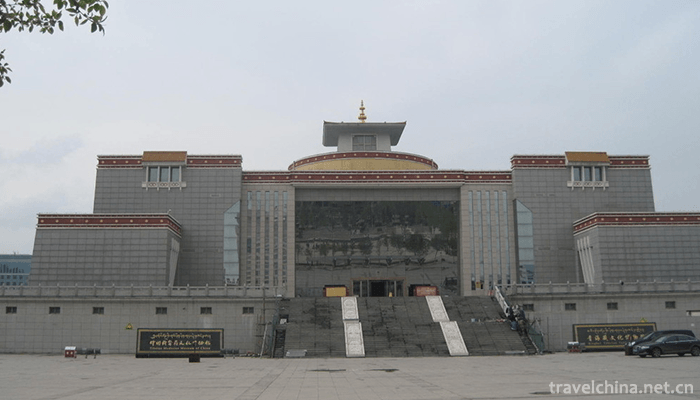
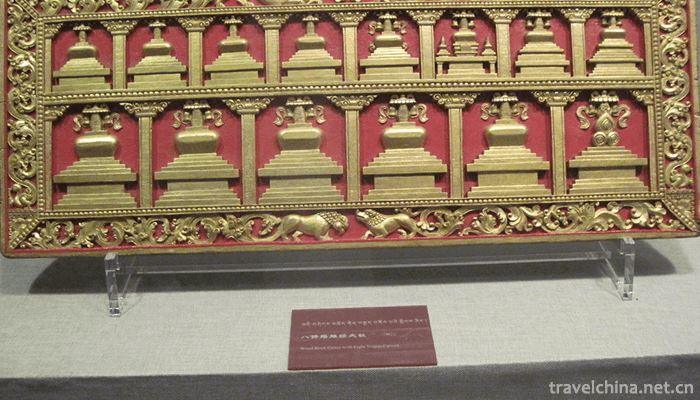
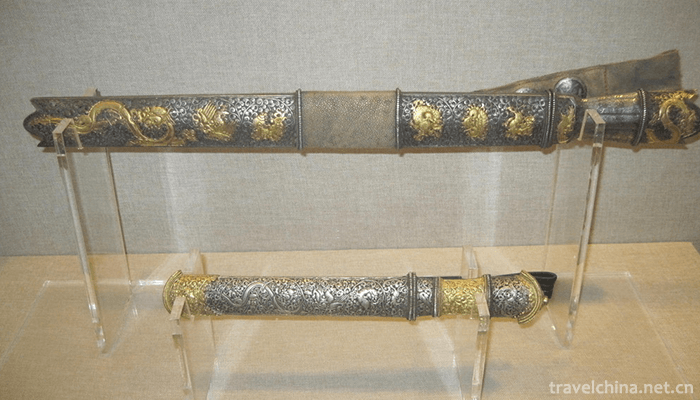
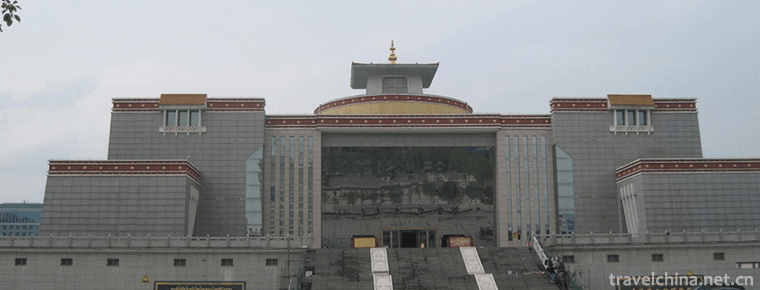
Qinghai Tibetan Medicine Culture Museum
-
Lijiang Heilongtan Scenic Area
Heilongtan (also known as Yuquan Park) was built in the second year of Qianlong (1737). It was restored in the sixty years of Qianlong and the eighteenth year of Guangxu. The old Yuquan Dragon King
Views: 289 Time 2018-12-22 -
Gongchangling Hot Spring Skiing Ground
Gongchangling Skiing Ground is located in Tanghe Scenic Area of Gongchangling, Liaoyang City, Liaoning Province. It covers an area of 100 hectares and is a national AAA-class tourist attraction.
Views: 134 Time 2019-01-12 -
Taipinggou Golden Town
The scenic spot of Taipinggou Gold Town is based on the history of gold mining in Taipinggou in late Qing Dynasty. It deeply excavates the historical culture and characteristic tourism resources
Views: 460 Time 2019-01-18 -
Longtan Park
Longtan Park is located opposite Longtan Beili District, Dongcheng District, Beijing (Chongwen District), and is currently a national 4A-level tourist park. Longtan Park
Views: 156 Time 2019-02-06 -
Nanxiang ancient town
Jiading Nanxiang Ancient Town is a national AAAAA scenic spot, located in Nanxiang Town, Jiading District, Shanghai. There are famous scenic spots such as brick pagoda, Guyiyuan, Hebi Mountain, Liuyun
Views: 141 Time 2019-02-07 -
Horqin Chaoer Epic
Horqin epic is a local tradition of Mongolian heroic epic. It is the only living epic in Horqin area of Inner Mongolia Autonomous Region. "Chao Er Playing Method", "Overtone Playing Met
Views: 151 Time 2019-05-09 -
Violin Opera
Violin opera, originally a flower-drum opera in Yueyang, Hunan Province, spread to Chongyang, Tongcheng and other places around the end of the Qing Dynasty and renamed "Violin Opera", is a u
Views: 189 Time 2019-06-19 -
Zhoushan gongs and drums
Zhoushan gongs and drums are the representatives of traditional folk art in Zhoushan City, Zhejiang Province. They are based on gongs, drums, cymbals and clappers, with silk bamboo, magnificent sound
Views: 128 Time 2019-08-10 -
Advertising for rent
There are six advertising spaces for each article, first come, first served.
Views: 380 Time 2019-08-30 -
Exhibition hall of taipingdu in Chishui
Gulin Taiping ferry, located in Taiping town at the intersection of the upper reaches of Chishui River and Gulin River, is the most important ferry for the Red Army to cross Chishui on the Long March, with an area of about 1.5 square kilometers. The residential buildings of the Qing Dynasty in the ancient streets of the town are well preserved, one after another
Views: 225 Time 2020-10-16 -
Suining science and technology
In 2019, Suining achieved a high-tech industry revenue of 50.2 billion yuan, an increase of 22.4%, and social R & D investment reached 860 million yuan, a year-on-year increase of 37.3%, and the investment intensity reached 0.7%. In the whole year,
Views: 342 Time 2020-12-16 -
Suining history and culture
As a place name, "Suining" began in the Eastern Jin Dynasty. The Eastern Jin Dynasty coexisted with the Sixteen States, while Suining belonged to the Chenghan state. At that time, the rulers of various countries had been fighting with each other for years
Views: 219 Time 2020-12-16
